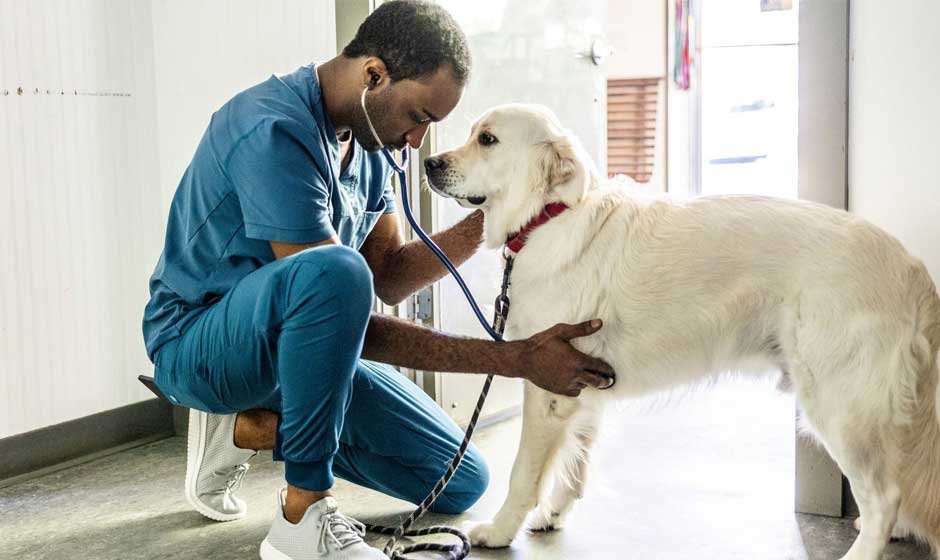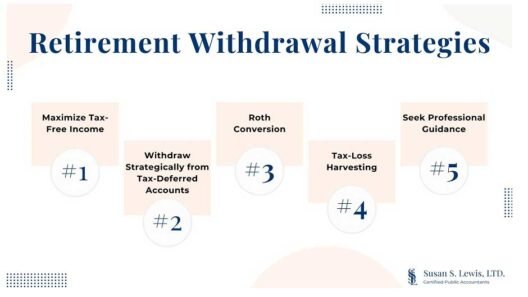Having a pet can be pricey. Whether you own a lizard or a dog, annual vet visits and other pet-related expenses can break the bank! If you are the proud pet parent of a dog, the average trip to your vet to pay for the Bordetella and rabies vaccines can easily cost $50-$250. When you aren’t prepared, it’s easy to dip into your savings or rely on a credit card to handle a vet invoice. But why are vet bills so high in 2025?
The answer lies mostly in the change of ownership across the United States. Many vet offices are being acquired by private equity ownership, meaning that they are no longer “mom-and-pop” situations. As ownership changes, so do the costs of the services and medications. But that isn’t the only reason why your trip to the vet is getting more costly as the years go by. Keep reading to get a closer look at the factors that impact veterinarian services like annual visits and vaccinations.
Veterinary Technology Is Advancing
Just like in human medicine, veterinary medicine has seen huge advancements in diagnostics and treatments. For example, many vet clinics now have access to advanced surgical equipment, such as robotic surgical arms for laparoscopy and arthroscopy.
Robotic tools can dramatically improve care, but often, they come at a cost to both the clinic and the pet owner. Some veterinary practices invest thousands into new equipment, and similar to hospitals, those costs are reflected in your bill.
Medication and Supply Costs Are Rising
The price of veterinary medications, especially those that require special handling or approval, has increased alongside the cost of human pharmaceuticals. Supply chain disruptions, rising manufacturing costs, and limited availability have all played a role in pushing prices up for veterinary services. Additionally, many vets now source medications from third-party providers with markups, adding another layer of cost that is reflected in your typical invoice. Rabies shots, for example, can cost up to $75 depending on the veterinary practices you work with, along with your state of residence.
Staff Shortages Are Driving Labor Costs Up
There’s a nationwide shortage of veterinarians and vet techs, and the demand for skilled care is higher than ever. Many outlets report that the lack of qualified professionals and technicians is due to the long hours and empathy fatigue that comes with working with animals. Additionally, veterinary technicians cannot keep up with the influx of clients for various reasons, which is reflected in how many techs are deciding to leave the industry altogether. This labor shortage has forced some clinics to raise wages and offer incentives to attract and retain qualified staff. While that’s good for workers, it also means higher operating costs and ultimately, higher prices for clients.
Pet Owners are Spending More on Care
Today’s pet owners often view their animals as members of the family. And for many people, pets ARE family, and should be treated with the best veterinary medicine possible. If you’re a pet owner who wants to give them the best care available, you are not alone. This shift in mindset for many Americans across the country has led to a demand for more specialized treatments, preventive care, and advanced diagnostics. As expectations rise, so does the cost of meeting them, as we’ve seen with the increase in technology in veterinarian clinics.
Inflation and the General Cost of Living
If you’re like many Americans, you are feeling the effects of inflation. It’s more expensive to purchase food and other necessities. Even the cost of housing has significantly increased within the last few years. The U.S. The Department of the Treasury recently reported that housing costs are consistently outpacing the wages of many Americans.
Unfortunately, that is the post-pandemic world that we live in, as the economy has changed for the worse. Just like groceries, rent, and gas, veterinary services are not immune to inflation. From rent for clinic space to utility bills and equipment maintenance, everything costs more in 2025, and those expenses often trickle down to pet owners.
What Your Options are When Your Vet Bills are High
Vet bills in 2025 are high for a mix of reasons. From corporate buyouts to changing wages and advanced technology, there are a lot of factors at play. While it can be frustrating, being informed can help you plan better when it’s time to visit the vet this year.
Get Pet Insurance and Create an Emergency Fund
Consider investing in pet insurance, setting up an emergency fund, or comparing clinics in your area for pricing transparency. Your pet’s health is priceless, but it doesn’t have to bankrupt you. The most important item on your to-do list as a pet owner is to create a solid emergency fund and plan for the worst. One trip to the vet shouldn’t rock your finances, but it can if you don’t have enough in your savings account when your pet is injured or sick. If you don’t have enough money in your bank account to save the day, you can easily max out your credit card and put yourself in a tough financial position.
Work with Veterinary Clinics that Offer Payment Plans
Some veterinary clinics will offer payment plans to eligible pet owners. Payment plans can be monthly payments that the owner is expected to pay over time, which allows them to better manage the cost of larger invoices from a surgery or dental cleaning under sedation. Keep in mind that not all clinics will offer payment plans, so you may need to shop around to find a vet willing to work with you.
Financing Options for High Vet Bills
Sometimes, we aren’t prepared for the worst, and that can bite us when we go to the vet and the invoice is higher than we expected. Some vet offices offer in house financing options, but it can be hard to qualify. When you need funds to pay for an invoice and get your pet healthy again and can’t qualify for traditional financing, see if loans for bad credit are an option for you.
At the end of the day, it is important to prepare yourself for rising vet bills in 2025 if you are a pet owner. Make sure to invest in pet insurance and create a solid emergency fund that you can rely on!













